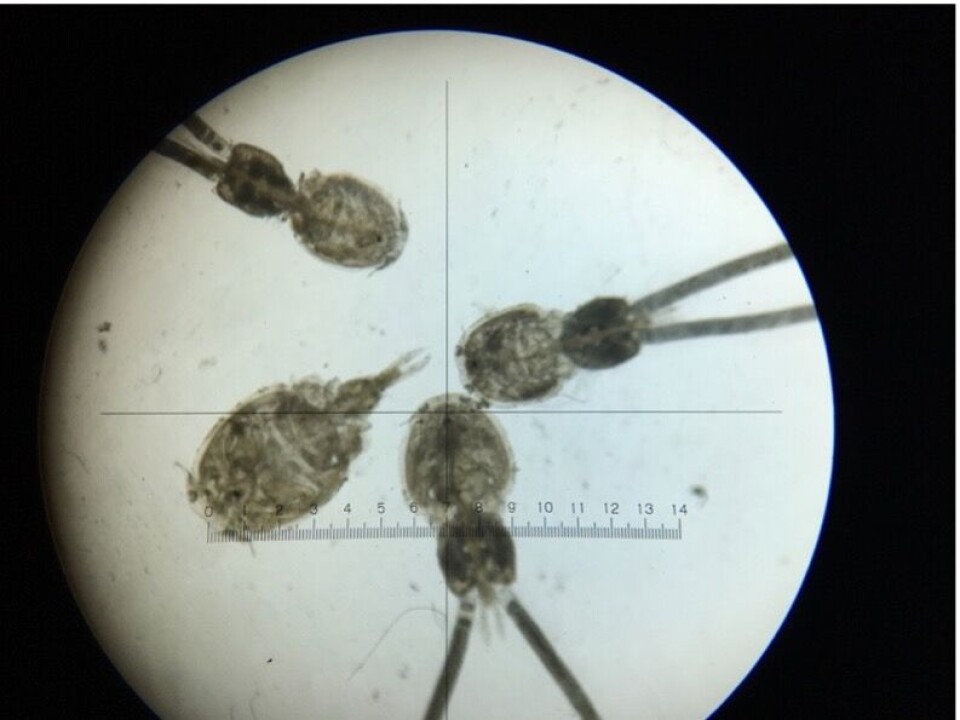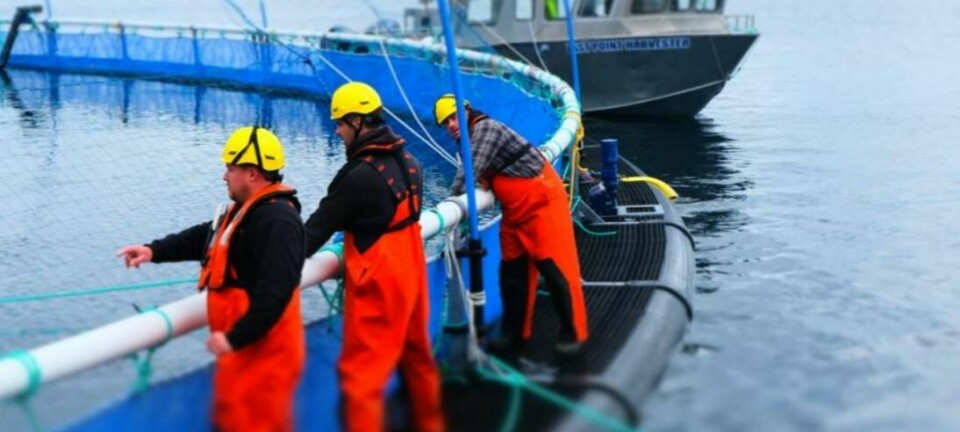
Chilean lice becoming more resistant to most-used drug, monitoring shows
A programme monitoring the effectiveness of treatments used to control Caligus rogercresseyi lice infestations of farmed salmon in Chile indicates that the parasites are becoming more resistant to the most widely used drug, azamethiphos.
This was revealed in an online workshop held by Chile’s Fisheries Development Institute (IFOP) to disseminate the results of the ASIPA 2024 permanent research programmes, which are managed by the institution's Department of Hydrobiological Health.
Among the presentations, Jaiber Solano, senior researcher at IFOP, presented the results of the programme “Determination and monitoring of Caligus rogercresseyi resistance to antiparasitics applied in national salmon farming” in its eighth phase corresponding to the years 2024-2025.
254 bioassays
Since the programme was launched in 2017, 95 samplings and 254 valid bioassays have been conducted, covering samples from 28 Salmonid Concession Groups (Agrupaciones de Concesiones de Salmónidos, or ACS). Four new ACSs were also incorporated during this phase: 3A and 15 in the Los Lagos Region, and 22D and 28A in the Aysén Region.
Regarding the results of Caligus susceptibility to antiparasitic agents, in the case of azamethiphos the median percentage of affected parasites at the therapeutic dose was 66.7%, which, according to Solano, is a significant reduction compared to previous studies.
The number of bioassays showing that azamethiphos treatment “involved” at least 80% of Caligus has been decreasing over time, suggesting an increase in resistance.
The same applies when evaluating the effective concentration (EC50%) over time, which determines the concentration of the antiparasitic drug needed to affect 50% of the parasites, a value that has been increasing over time.
Decline in efficacy
“This is a significant positive trend, and it shows a linear increase. Importantly, since the start of the programme, there has been a 37.1% increase in EC50% values, which is a significant increase and reflects the decline in the efficacy of this compound in the industry as a whole,” explained Solano.
Summarising results over time, the researcher said that the highest percentage of non-susceptibility of Caligus populations was to azamethiphos (33%), followed by deltamethrin (22.1%), and finally cypermethrin (6.4%). The pattern is reversed for susceptible populations, where the anti-parasitic with the largest number of susceptible populations is cypermethrin.
Lyptus Plus
Finally, Solano presented the bioassays and progress IFOP has made in evaluating Caligus susceptibility to non-pharmacological treatments: hydrogen peroxide, Lyptus Plus, and fresh water.
Regarding the first treatment, there is a trend toward increasing EC50% values from 2022 to the present; however, the increase is not statistically significant.
Lyptus Plus, distributed by Norwegian aquaculture biotech company STIM, is a plant extract product used as a bath treatment in Chile against Caligus. For Lyptus Plus, nearly 12 bioassays have been performed, showing a median percentage of affected parasites at the therapeutic dose of 100%, with a percentage of Caligus deaths of 93.3%.
Solano said: “Low concentrations are obtaining high mortality rates.”
Read more at Fish Farming Expert's Chilean sister site, Salmonexpert.cl.























































